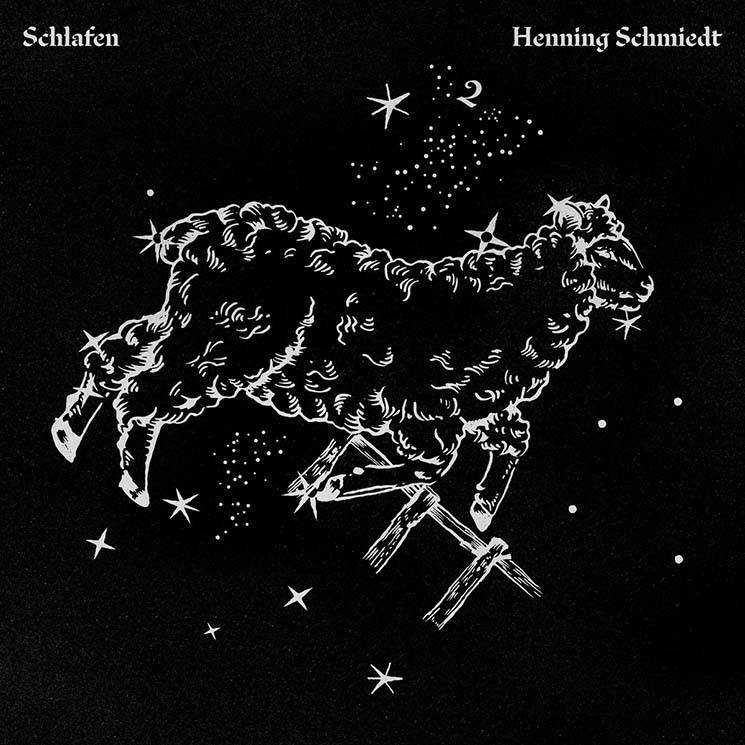Henning Schmiedt's approach to Bach's Goldberg Aria is marked by its choices and variations, many of which have as much to do with the recording and instrument as the playing. Using a muted upright piano, Schmiedt achieves a timbre that edges toward the harpsichord that Bach was said to prefer for the piece. Recorded with microphones close to the strings and placed to capture the soft hammer impacts as well as other environmental sounds, the pieces capture the space and breath within the room, retaining some small mistakes and miscues along the way.
The key to Schmiedt's interpretation is in the title of the album. Schlafen is German for sleep, and as such, he alters the usual dance tempos and rhythms of the composition, preferring a mostly meandering kind of lullaby that sways on its heels like a sleepwalker. The ornamentation is occasionally overly elaborate, with the piano's clicks and buzzes providing more character than the musical elements themselves. The play does achieve a cumulative lulling effect, but the downside of that is a kind of forgetful quality that overtakes the album.
Schmiedt does put his stamp on Bach's work, but, as his choices dictate, it is a very soft stamp and one that leaves only a slight impression.
(Flau)The key to Schmiedt's interpretation is in the title of the album. Schlafen is German for sleep, and as such, he alters the usual dance tempos and rhythms of the composition, preferring a mostly meandering kind of lullaby that sways on its heels like a sleepwalker. The ornamentation is occasionally overly elaborate, with the piano's clicks and buzzes providing more character than the musical elements themselves. The play does achieve a cumulative lulling effect, but the downside of that is a kind of forgetful quality that overtakes the album.
Schmiedt does put his stamp on Bach's work, but, as his choices dictate, it is a very soft stamp and one that leaves only a slight impression.




